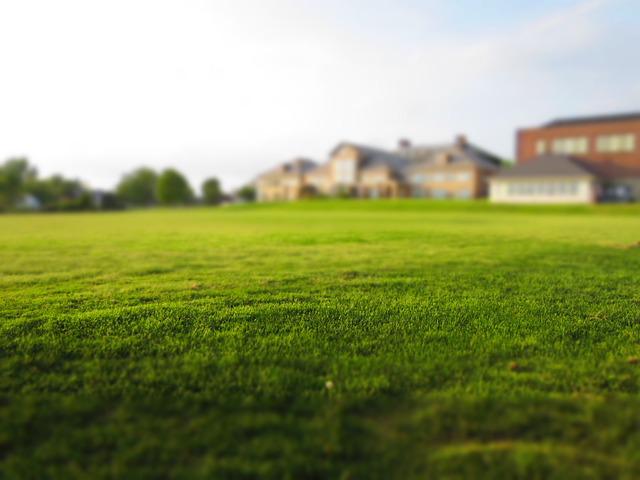How to Level a Garden by Hand?

The site, or part of it, is leveled for three reasons: construction, arrangement of sites and paths, laying out a lawn or garden. In the first two cases, it is not the site that is leveled, but the “spot” of development, from which the fertile layer is previously removed from the entire area. When flatten for a lawn (or garden), the fertile layer must be preserved, and conditions must be created to protect it from erosion and waterlogging.
How to level a plot manually

Manual leveling is used where the terrain is relatively favorable, and the amount of land being moved is not very large. The easiest way is when, simultaneously with flatten, fertile soil is added for the garden. In this case, a perfectly flat surface is not needed by definition – it is enough to level the area “by eye” in the fall, and in the spring, when the backfill soil settles, carry out additional backfilling and leveling the ground before planting garden crops. If the site is flat, but the relief is “spoiled” by the equipment during construction work, and there are quite significant (up to 20 cm) height differences between depressions and tubercles, alignment with beacons is used.
Leveling the area manually for the lawn

Unlike a UK garden, a classic or parterre lawn requires an almost perfectly flat surface – any hole or bump will “appear” and be visible to the eye. And bringing the surface into proper shape even before sowing grass is a prerequisite for a beautiful lawn. In this case, the alignment of the site is carried out at least twice. Preliminary, rough alignment is first carried out in the fall, and the final one in the spring. Particular attention is paid to the covered places, which are rolled and compacted several times.




